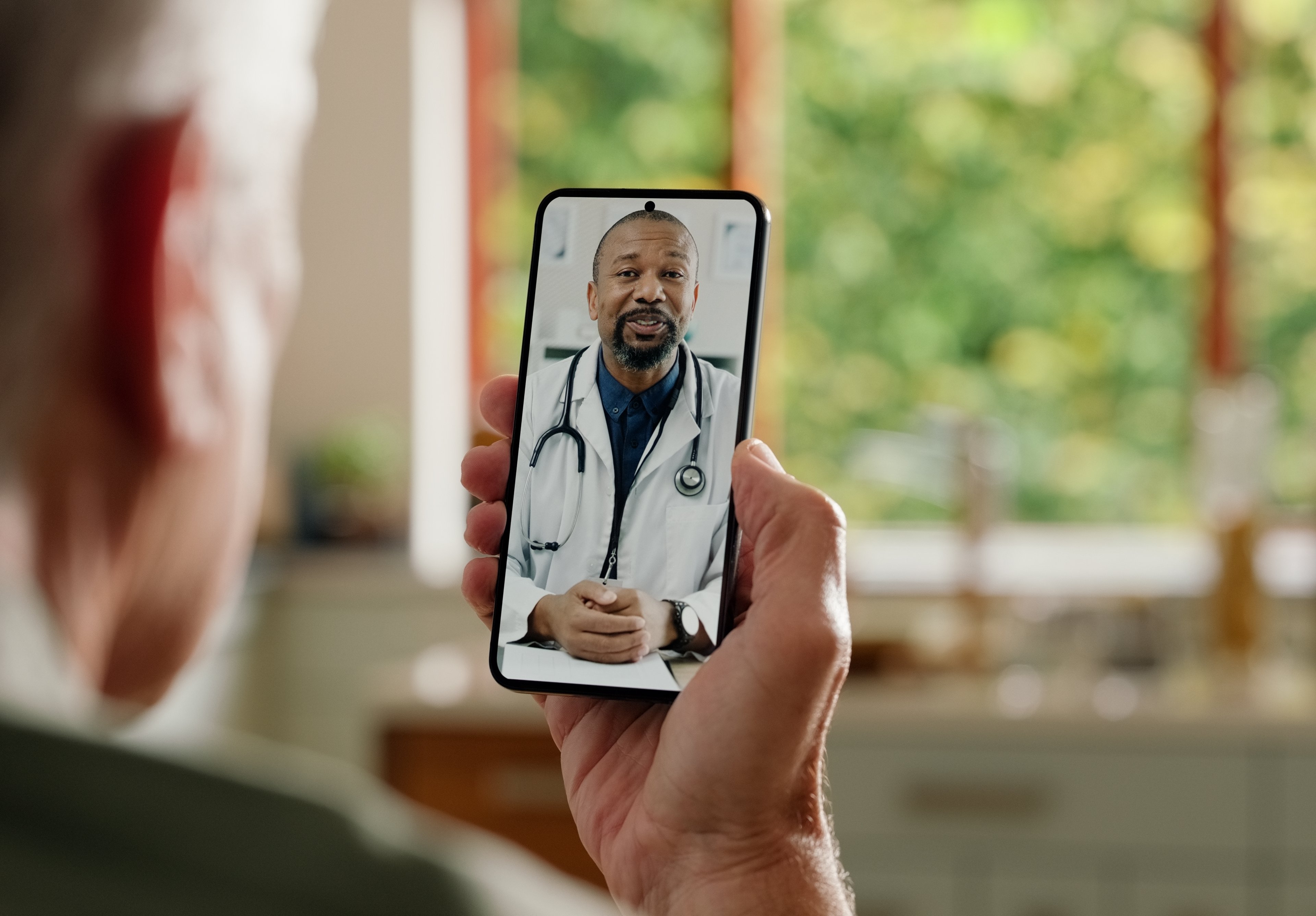The legal use of marijuana for both medical use and adult recreational use is on the rise. Here are five facts that might just surprise you about the drug.

Source: Chuck Coker, Flickr.
1. Marijuana could be the best-selling legal drug. Ever.
According to ArcView Market Research, the national market for legalized marijuana could hit $10.2 billion in five years. Pfizer's (PFE +0.66%) Lipitor currently holds the record for prescription drugs at about $13 billion. If ArcView's prediction is correct, it's not hard to see how marijuana could surpass that record in the following year. It's growing from a base of just $1.44 billion this year.
And unlike Pfizer, which saw Lipitor sales crash once generic versions hit the market, there isn't likely to be a cliff that causes sales to drop precipitously, short of having the federal government decide to crack down on state laws. Of course, unlike Lipitor, you can't invest in one company to capture all the revenue.
2. 14 states could join Colorado and Washington legalizing marijuana for recreational use
In fact, that's one of the driving forces behind ArcView's growth prediction. The sentiment has shifted recently; a majority of Americans now favor legalization. If they vote the same way they answer poll questions, it's likely that we'll see many more states where marijuana use is legal in the coming five years.
The driving force for the states is the potential revenue from taxes. They want to get their cut, which they don't get on illegal sales now.
It'll be interesting to watch Colorado and Washington as they try to deal with how to tax what many consider to be a drug to help people -- which are typically not taxed -- compared with a recreational drug, which, like cigarettes and alcohol, are typically highly taxed.
3. The government sends out marijuana cigarettes each month
It's part of a study to see if marijuana could help patients with glaucoma. At its peak, there were 30 patients enrolled in the study, which stopped accepting new participants in 1992. Those still enrolled get sent their prescriptions from a special farm on the University of Mississippi campus that provides the drug for medical research.
4. Only 6% of studies on marijuana investigate its potential benefit.
According to CNN's Sanjay Gupta, the other 94% investigate its potential harm. The problem, as Gupta points out, is that it's very hard to run clinical trials on marijuana use since it's still illegal at the national level. While the University of Mississippi farm can provide the medication legally for studies, it's apparently not that all that easy to acquire medication from it.
Researchers also have to gain approval from the NIH's National Institute on Drug Abuse, which has a mission "to lead the nation in bringing the power of science to bear on drug abuse and addiction." That's not exactly a ringing endorsement for potential benefits of drugs.
5. The receptor that marijuana activates has been an (unsuccessful) drug target
Tetrahydrocannabinol, or THC, one of the active drugs in marijuana, is available as a prescription drug called Marinol, developed by Abbott's drug arm, now called AbbVie (ABBV +0.59%), to stimulate appetite and control nausea and vomiting in patients taking chemotherapy. But the drug isn't widely used because it's absorbed by different people at different levels, making it hard to get the right dosage .
Sanofi (SNY +0.08%) tried to do the opposite and block the receptor, thus controlling appetite. While Sanofi's obesity drug, Acomplia, was fairly good at helping patients shed the pounds, it had psychiatric side effects including depression. The FDA never approved the drug, and Sanofi had to remove it from the market in Europe in 2008.








